
Olot is the capital city of the comarca of Garrotxa, in the Province of Girona, Catalonia, Spain. The city is known for its natural landscape, including four volcanoes scattered around the city center. The municipality is part of the Zona Volcànica de la Garrotxa Natural Park. Olot is also well known for its cultural activity, with historical art movements like Olot school or factories of religious imagery, which contributed to the location in the city of the main Design and Arts & Crafts school of the province of Girona, the Escola d'Art i Superior de Disseny d'Olot.

Jordi Pagans i Monsalvatje was a Catalan and Spanish painter.
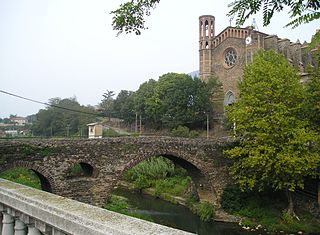
Sant Joan les Fonts is a municipality of the comarca of Garrotxa, located in Girona, Catalonia, northern Spain. As of 2014, the population is 2,919. Until 1949 it was known as Begudà.

Amer is a municipality in the comarca of la Selva in the province of Girona, Catalonia, Spain.

La Vall de Bianya is a municipality of the comarca of Garrotxa, Catalonia, Spain. It is formed by eleven villages scattered around the Bianya and Bac valleys. The seat of the municipal government is in L'Hostalnou de Bianya, and the village with more inhabitants is La Canya. This latter village is divided between the municipalities of La Vall de Bianya and Sant Joan les Fonts. The municipality is part of the Zona Volcànica de la Garrotxa Natural Park and the Alta Garrotxa Consortium.

Josep Clarà i Ayats was a Spanish sculptor. His work was part of the sculpture event in the art competition at the 1924 Summer Olympics.
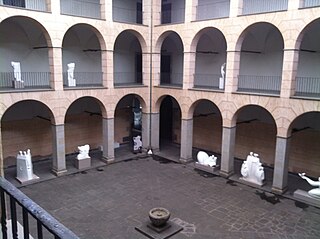
The Museu de la Garrotxa is a museum in Olot, Catalonia, Spain. It is associated with the Museu Nacional d'Art de Catalunya in Barcelona; the other institutions in this association are the Biblioteca Museu Víctor Balaguer and the Cau Ferrat (Sitges). The museum is housed in an 18th-century neoclassical building designed by architect Ventura Rodríguez.

The Olot school of landscape painting is a group of painters that created an artistic style in the second half of the 19th century. It includes not simply artists from Olot, but all artists whose artworks were inspired by the countryside of Olot. By extension, artists connected with Olot and its comarca, Garrotxa.

Joaquim Vayreda i Vila was a Spanish landscape painter. He was originally influenced by the Barbizon school, but later became one of the founders of the Olot school.

The Croscat is a volcano in the comarca of Garrotxa, Catalonia, Spain. It is both the youngest and highest volcano in the Iberian Peninsula, with the last eruption dated back to about 14,000 years Before Present. The volcanic cone has a horseshoe shape, and its northeastern flank was quarried for volcanic gravel until the early 1990s, exposing the internal structure of the cone from top to bottom. The volcano is located in the Garrotxa volcanic field, a Quaternary volcanic field also known as Olot volcanic field, as part of the protected area of the Zona Volcànica de la Garrotxa Natural Park.
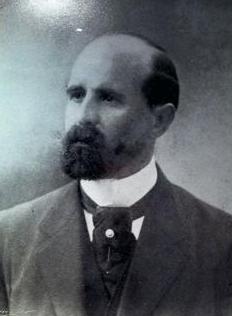
Agustí Riera i Pau was a conservative Catalan politician and physician.
Arnau Sala Descals is a Spanish retired footballer who played as a defender, and a manager. He is currently the assistant manager of Girona FC.
The Battle of Sant Esteve d'en Bas took place on 10 March 1695 in the Catalan front of the War of the Grand Alliance. It was fought between a column of French regular infantry under Brigadier Urbain Le Clerc de Juigné, governor of the nearby French-occupied Castellfollit de la Roca, and 16 companies of Catalan miquelets and several armed peasants at the orders of Ramon de Sala i Saçala, the veguer of the town of Vic. Juigné's force was in a punitive expedition to burn the village of Sant Esteve d'en Bas, whose inhabitants had refused to pay war contributions to the French army, when it was attacked by the Catalan militia and nearly destroyed in two separate engagements.

Marian Vayreda i Vila (1853-1903) was a Carlist soldier and activist, a painter and a Catalan writer. He is recognized as key representative of Catalan cultural renaissance of the late 19th century. He is particularly acknowledged for his 1904 novel, La Punyalada, declared one of the best Catalan literary works of all time. Politically Vayreda is considered a typical case of an identity located in-between Carlism and emerging Spain's peripheral nationalisms.
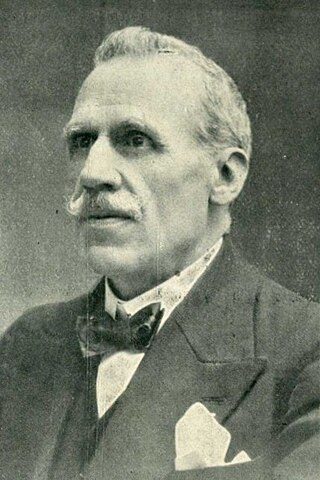
Pedro Llosas y Badía (1870–1955) was a Spanish right-wing politician. Active in Catalonia, he was first associated with the Carlists and then with the Primo de Rivera regime. He was the longest-serving Carlist deputy from Catalonia during the Restauración but is known mostly as the civil governor of La Coruña and Baleares provinces during the dictatorship.

Miguel Blay y Fàbregas was a Spanish sculptor.

Enric Galwey i Garcia or, in Spanish, Enrique Galwey y García was a Spanish painter, associated with the Olot school of landscape painting.
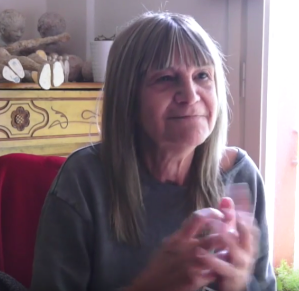
Anna Manel·la or Anna Manel·la i Llinàs was a Spanish and Catalan sculptor and painter. She was known for her figures representing lost childhood. In 2022, the Museu de la Garrotxa devoted a monographic exhibition to her work: "If I could. Anna Manel·la (1950-2019)." Also in 2022, a group of friends published the book Anna Manel·la. La dona i el mur, which is a compilation of texts discussing the artist's life and works.

Narcís Comadira i Moragriega is a Catalan poet, painter, playwright, translator, journalist and literary critic. His poetry is rather classical in nature, with a contemplative theme and a certain ironic point of view. As a painter, he understands his work as an extension of poetry. His first works show references to surrealism and pop culture, as well as his master Domènec Fita. In the late 70's he left the figurative painting to begin to represent nature and architecture, specializing in a very personal landscape and marked by realism, which in his latest work is leading to a synthesis of it, where fewer and fewer elements appear in his works.






















